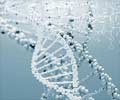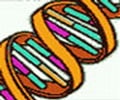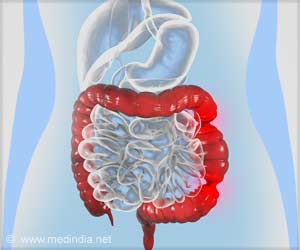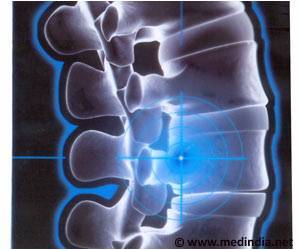An improved approach to gene therapy may one day treat some of the nearly 200 inherited forms of blindness, scientists at Washington University School of Medicine in St. Louis suggest.
In a paper published online this week by Public Library of Science ONE, researchers take initial steps toward filling a gap in the toolkit for treating blindness by identifying DNA elements that control when and where genes linked to blindness are turned on."In its most basic form, gene therapy requires three components," explains Joseph Corbo, M.D., Ph.D., assistant professor of pathology and immunology and senior author of the paper. "You need to identify the gene that's mutated in patients and obtain a healthy copy of that gene; you need an agent to deliver the healthy gene to a patient's cells, which is usually a weakened virus; and then you also need additional DNA elements that turn on the healthy gene in the right cells and at the right levels."
Corbo and colleagues used a computational analysis of DNA to look for elements that can turn on genes in the eye's light-sensing photoreceptor cells. Their search identified hundreds of potential cis-regulatory elements, which are segments of DNA involved in turning genes on and off. They confirmed 19 of these elements, more than doubling the number known to scientists. The newly discovered elements can be used as switches to activate blindness therapies.
"This result is significant because the number of cis-regulatory elements previously available for gene therapy was quite limited," Corbo explains.
By some estimates, photoreceptors are the most energy-intensive cells in the human body, consuming more power than any other cell type. Unfortunately, high energy also brings a high degree of volatility.
"If anything goes wrong in these cells, they're going down the tubes," Corbo says. "That's why there are so many inherited forms of blindness linked to degeneration of photoreceptors."
Advertisement
"Using a computerized search of DNA, we were able to identify several hundred potential binding sites for these transcription factors," Corbo explains.
Advertisement
"We've by no means finished defining this grammar—it's going to be a major task," he explains. "But what we know now has allowed us to create entirely synthetic cis-regulatory elements which function in photoreceptors. A more complete grammar may even one day allow us to design customized versions of cis-regulatory elements to incorporate into gene therapy vectors for individual patients."
In addition to further studies of the grammar of regulatory sites active in photoreceptor cells, Corbo and others are currently using the results of the study to design gene therapy vectors for a form of Leber's congenital amaurosis, an inherited disorder that leaves patients blind from birth.
Source-Newswise
SRM








